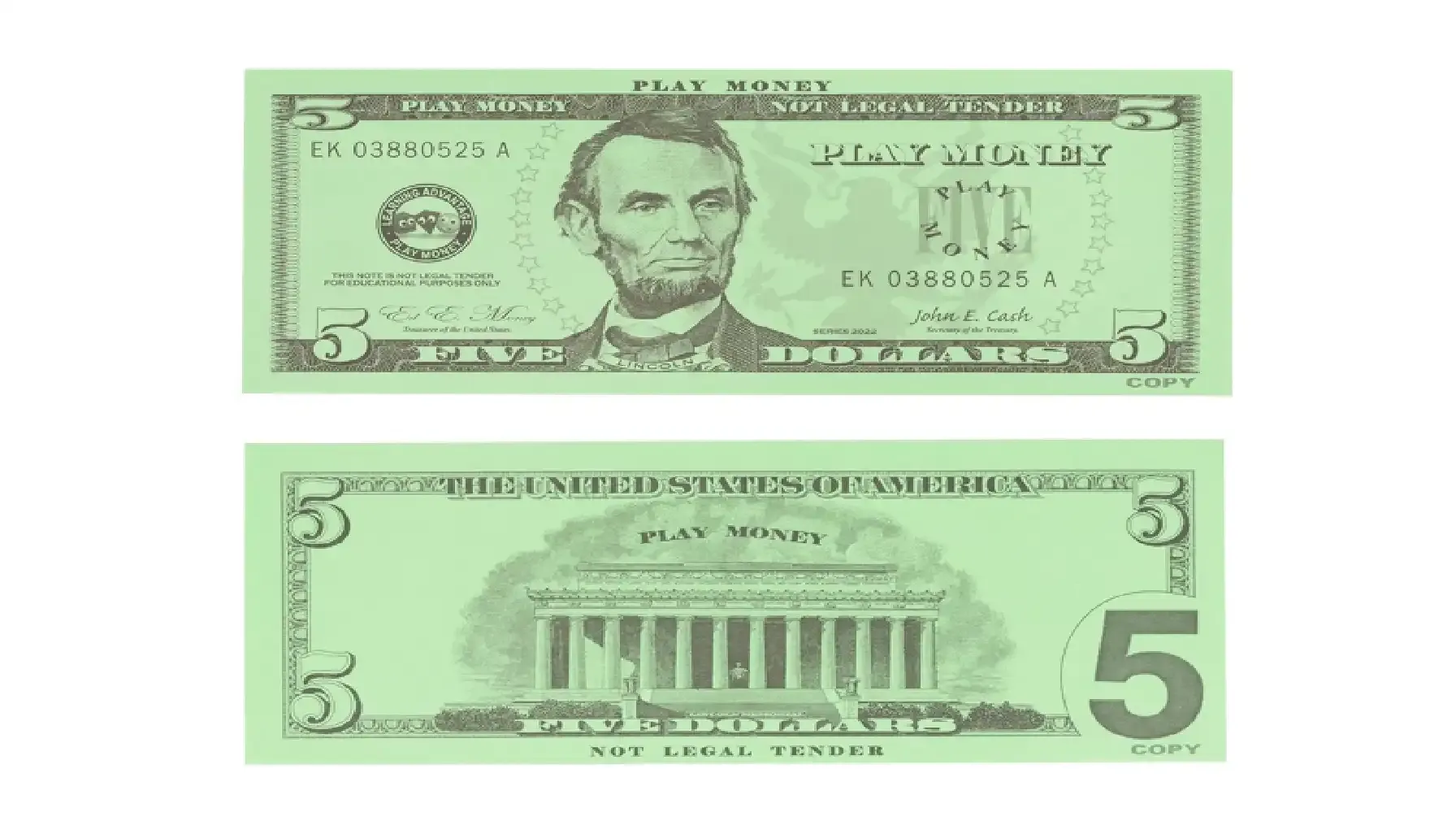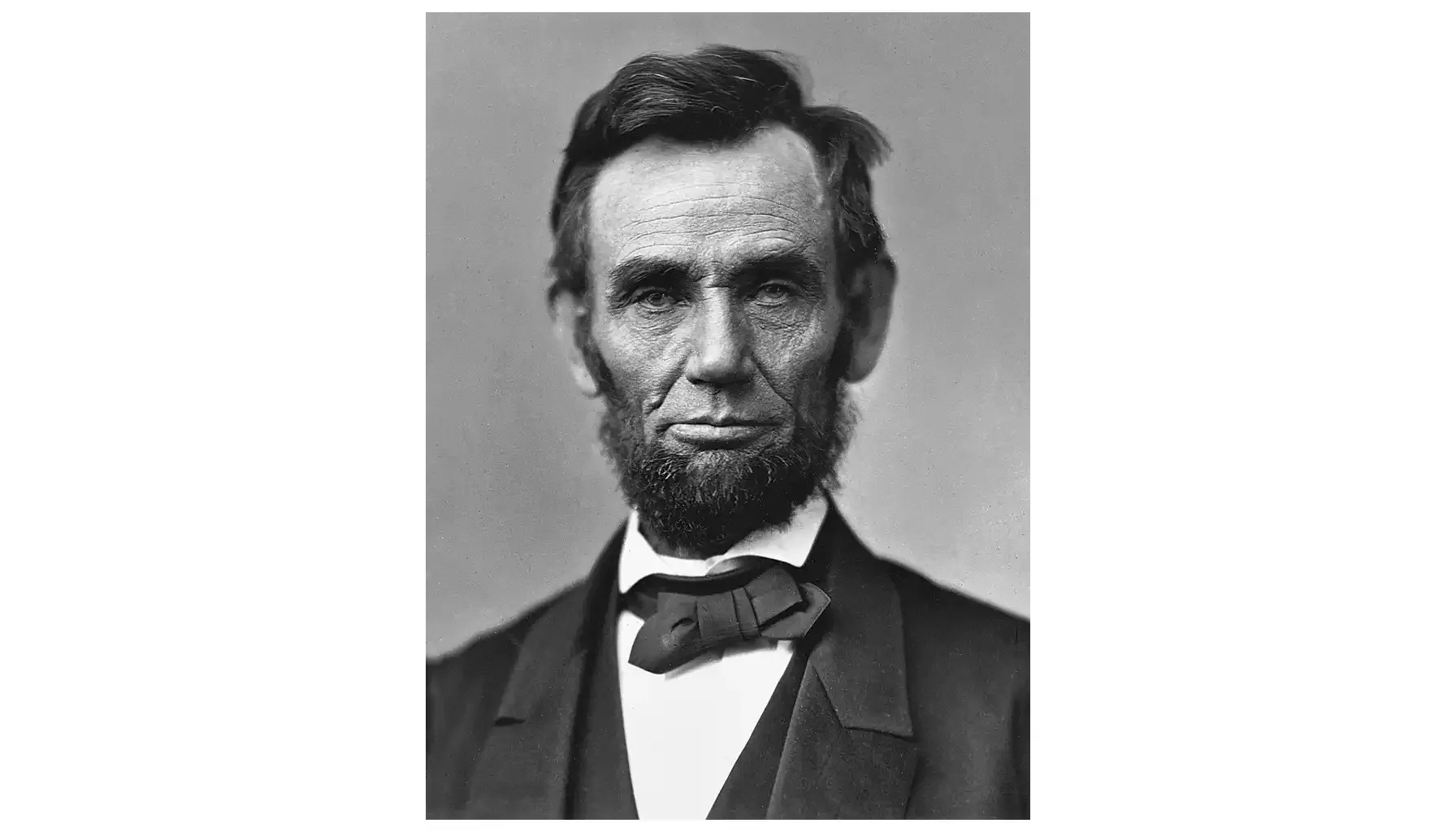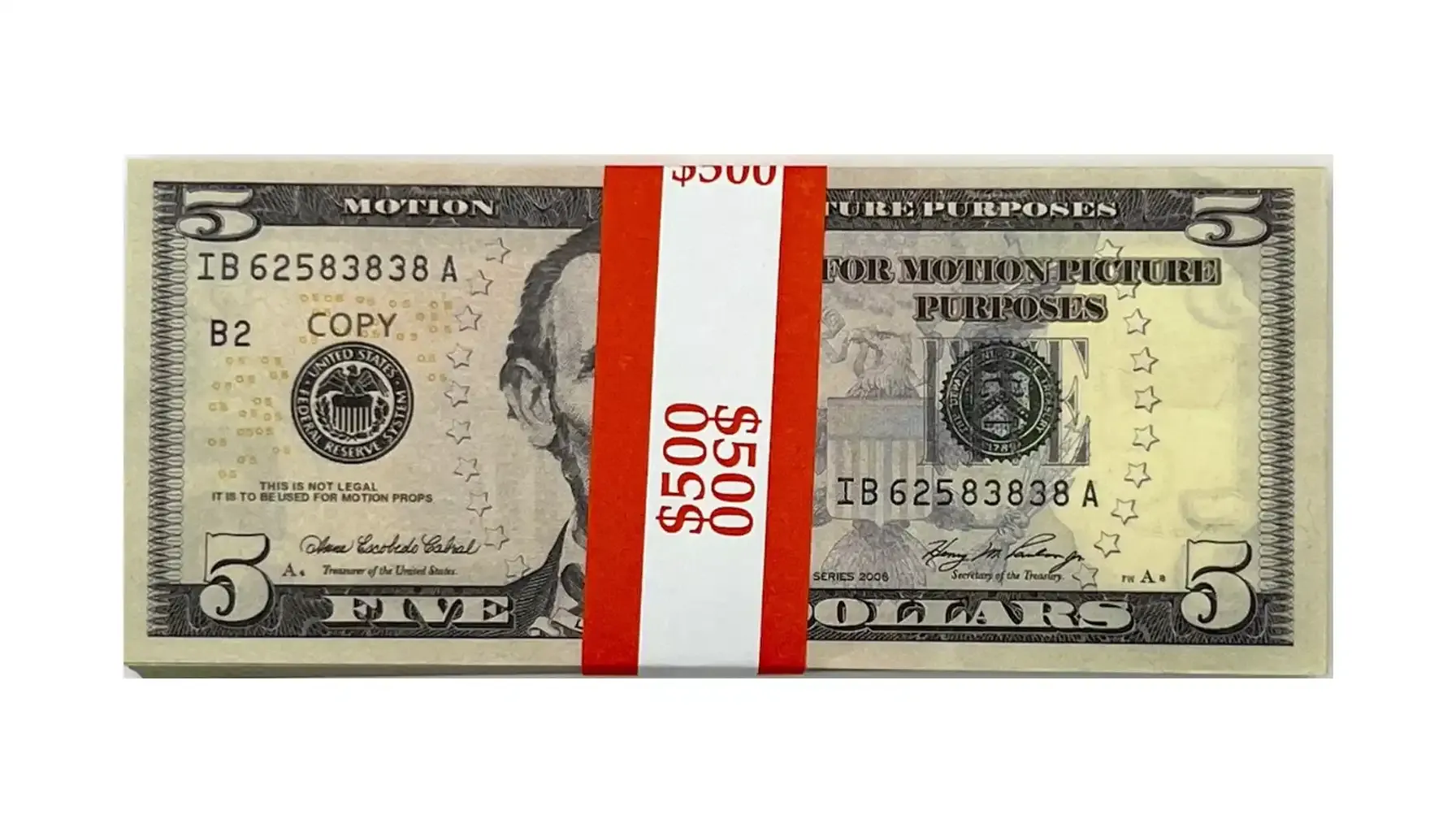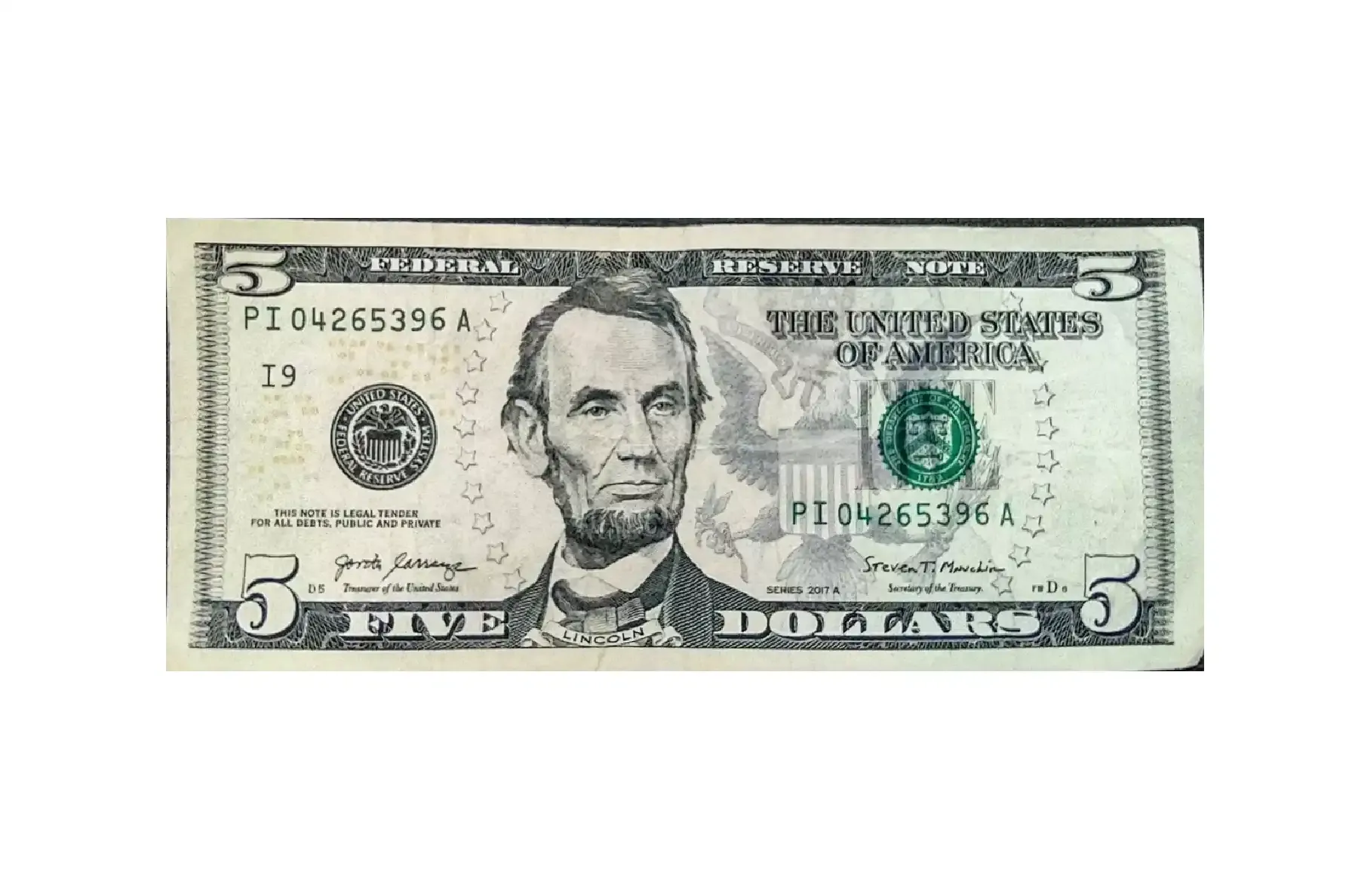Contents:
The U.S. $5 bill has carried Abraham Lincoln’s portrait since 1914. Its design reflects American history through detailed engravings and iconic symbols. Over the decades, the note has evolved with new security features to stay ahead of counterfeiters. Each series update adds layers of protection without losing its classic look.
This guide walks you through the bill’s journey from its first issue to today’s enhanced design. You’ll learn about key features like watermarks, security threads, and color-shifting ink. You’ll also find tips on how to spot genuine notes in everyday transactions. For on-the-go verification, try a coin identifier app.

Overview of the U.S. $5 Bill
The 5 dollar bill first entered circulation in 1861 as a Legal Tender Note. Early designs showed simple portraits and plain backs. Over time, the US 5 dollar bill evolved into a more complex note. Each redesign added new elements to enhance durability and security.
The modern $5 dollar bill features Abraham Lincoln on the front and the Lincoln Memorial on the back. Collectors often ask about old 5 dollar bill worth, especially for rare errors or unique series. During the Civil War, the Confederate 5 dollar bill circulated in Southern states. These early notes now trade among collectors for their historical value.
Milestone Years in $5 Bill Redesigns
1861: First Legal Tender Note issued
1862: Introduction of National Bank Notes
1914: Lincoln portrait added to the small-size note
1929: Shift to standardized small-size currency
1999: Addition of watermark and security thread
2008: Color-shifting ink and enhanced portrait features added
The current five-unit Federal Reserve Note includes a vertical security thread and a watermark of the portrait that appears to float when held to light. It also uses color-shifting ink on the numeral at the lower right corner. Designers added microprinting around the portrait and fine-line engraving to deter counterfeiting.
Abraham Lincoln’s Legacy
The Abraham Lincoln 5 dollar bill honors his leadership during the Civil War. Lawmakers chose his image in 1914 when the small-size series began. They asked why is Abraham Lincoln on the 5 dollar bill and saw him as a unifying figure. His portrait reminds Americans of freedom and perseverance.
People often wonder who is on the $5 dollar bill in today’s wallet. His engraved likeness appears on every note from early certificates to modern designs. Collectors and casual users alike admire the fine detail in his portrait. His image links past struggles to present values.
Each series update asks which president is on the 5 dollar bill, and the answer remains the same. When you check your cash, you recognize that the president on 5 dollar bill as Lincoln. Even first-time users ask who’s on the 5 dollar bill when they see its new security features. They learn who’s on 5 note and gain respect for his lasting impact.

Design Features: Front and Back
The front of the 5 dollar bill showcases Lincoln’s portrait with crisp engraving and raised printing you can feel. A color-shifting numeral “5” in the lower corner turns from copper to green when you tilt the note. You’ll also find microprinted words near Lincoln’s collar and a security thread that glows blue under UV light. These features deter counterfeiting and highlight how detail meets technology.
On the back of 5 dollar bill, the Lincoln Memorial appears in fine relief with shadowed columns and inscription detail. Subtle background printing adds depth, while small “USA FIVE” text repeats around the border. The artist repositioned the Treasury and Federal Reserve seals slightly in newer issues to foil reproduction. Viewing either side under different lights reveals hidden symbols and patterns.
Hidden design details appear in both old and new notes to strengthen security. A portrait watermark of Lincoln sits to the left of the main image and matches the face on the front. Tiny colored fibers are embedded throughout the paper. Even the paper itself includes a distinct blend of cotton and linen. All these elements signal the 5 dollar bill president series is as safe as it is iconic.
When you inspect modern bills, subtle seal repositioning is a key security enhancement—learn more about mint-mark history and authentication in our Comprehensive Guide to Mint Marks.
Design Element | Old $5 Bill | New $5 Bill | Purpose/Benefit |
Treasury Seal | Large, solid green | Smaller, shaded green with fine line detail | Reduces simple scan-and-print counterfeits |
Federal Reserve Seal | Black, plain design | Black with microprinted border | Adds microprinting layer for authentication |
Ink Colors | Monotone black and green | Multicolor background hues of purple and gray | Increases difficulty of accurate color reproduction |
Security Thread | Absent | Embedded vertical strip reading “USA FIVE” in microtext | Provides a clear UV-visible marker |
Watermark Placement | Absent | Watermark of Lincoln’s portrait on right side | Matches portrait for quick sight-check |
Microprinting | Minimal near borders | Tiny “FIVE DOLLARS” text around portrait and memorial | Prevents high-speed copying by typical office scanners |
Color-Shifting Numeral | Flat printed numeral | Numeral “5” in lower right shifts color under tilt | Offers instant tactile and visual security check |
Security Features: How to Spot a Fake $5 Bill
Counterfeiters often attempt to copy the fake 5 dollar bill by using flat, low-quality paper. Genuine notes hide $5 dollar bill secrets like embedded microprinting near the border and tiny “FIVE DOLLARS” text around Lincoln’s portrait. Look for a small 5 dollar bill with star to the right of the serial number on replacement notes; its absence signals a poor copy.
Older issues include a red seal 5 dollar bill or a red note 5 dollar bill on National Bank Notes. These color cues differ from the modern green-and-black prints. If you ever find a note printed only in red, you’ll want to review its series date against known Star Note issues—see deep dive into mismatched serials and rare $1,000 bills for red-seal specifics
Newer notes feature a blue 5 dollar bill security thread that glows under UV light and a 5 note with red ink color-shifting numeral. Tilt the bill to watch the numeral “5” shift from copper to green. Scanners cannot replicate these effects, so failing this test indicates a fake.

Steps to Inspect a $5 Bill
Check the UV strip: It should glow blue under ultraviolet light.
Tilt the note: The ink on the lower right “5” must shift color.
Hold to light: A watermark portrait of Lincoln must appear to the right.
Feel the print: Raised printing on Lincoln’s shoulders should be tactile.
Series | Security Thread | Watermark | Color-Shifting Ink |
1993 | None | None | No |
2006 | Embedded polyester | Lincoln watermark | No |
2008 (New) | 3-D security ribbon | Portrait watermark | Shifts copper→green |
Each note features tiny red and blue security fibers woven into the paper. You can feel raised ink on the portrait and numerals by running your fingertip across the surface. A faint watermark portrait appears when you hold it to the light. Always confirm that serial numbers in both corners match. These checks help you spot genuine currency with confidence.
Collectible $5 Bills: Rare Types and Star Notes
Collectors prize the rare 5 dollar bill varieties for their unique features. Star notes replace damaged sheets in printing runs and carry a small star at the end of the serial number. You can perform a $5 dollar bill serial number lookup online to identify low-numbered or special-issue runs that often fetch premiums.
Early collectible forms include the Silver certificate 5 note, distinguished by its blue Treasury seal and promise to pay in silver. These notes first appeared in the late 19th century and still draw strong interest. A quick 5 dollar bill serial number lookup on specialty sites can reveal plate position and rarity.
Beyond U.S. issues, some commemorative pieces intrigue collectors, such as the Terry Fox 5 dollar bill issued in Canada to honor the legendary athlete. Although not part of U.S. currency, it shows how five-dollar notes can celebrate heroes. Many enthusiasts note a 5 dollar bill worth money often trades above face value due to historical significance or condition.

How Much Is Your $5 Bill Worth Today?
Knowing the true value of your note starts with asking how do I know if my $5 dollar bill is worth anything? Check its series year and seal color first. Examine edges for star symbols that mark replacement notes. High-grade condition and low serial numbers often fetch premiums.
Next, use a $5 dollar bill serial number lookup value tool online to compare prices. Enter your note’s number and series to see recent sales. Many collector sites list values for star notes versus standards. These resources help you spot rare or low-run prints.
Collectors also watch series changes like the new 5 note design that added color-shifting ink. Older series still trade above face value when in mint condition. If you hold an old 5 note worth more than $5, consider professional grading to confirm authenticity and grade before selling.
Condition | Seal Color | Note Type | Approx. Value Range |
Circulated | Green | Standard | $5 – $8 |
Circulated | Red/Blue | Silver/Red Seal | $10 – $20 |
Uncirculated | Green | Standard | $10 – $25 |
Uncirculated | Red/Blue | Star Note | $30 – $75 |
Uncirculated | Green | Star Note | $50 – $100+ |
Uncirculated | Red/Blue | Replacement | $75 – $150+ |
Frequently Asked Questions
How can I tell if my $5 note is real?
Hold it up to light and look for Lincoln’s watermark. Tilt the note to see the numeral “5” shift color. Feel the raised print on Lincoln’s shoulder. This color-shifting ink never appears on flat reproductions. Use this quick check to verify real currency.
What does a star at the end of the serial number mean?
A star replaces damaged notes during printing. This symbol appears at the start of the serial number. Press operators add it when a sheet shows errors. This step keeps production counts accurate. Collectors look for this marking to spot special issues.
It marks a replacement bill. The printing press swaps in a backup sheet to fill gaps. Operators log each star-marked piece in production records. This process ensures every bundle has the correct count. Quality teams review the records before notes ship out.
Where is the security thread located?
You’ll find the embedded polymer strip to the right of Lincoln’s portrait. It reads “USA FIVE” under UV light. It glows bright blue on modern notes.
Can I spend a Civil War–era $5 note today?
Yes. All issued notes remain legal tender at face value. Collectors may pay more, but merchants must accept them for $5.
How do I look up serial number values?
Use an online registry to compare recent sales. Enter the full serial and series year. Many hobby sites list approximate prices.
What makes a silver certificate different?
Silver certificates bear a blue Treasury seal. They once redeemed for silver dollars. Today you can spend them like any Federal Reserve note.
How often does the design change?
Major redesigns occur every few decades. Minor updates happen as security needs evolve. The last full update rolled out in 2008.
Final Thoughts: The Future of the $5 Bill
Ongoing updates to the $5 dollar bill aim to blend advanced security with elegant design. The Bureau of Engraving and Printing plans feature enhancements that guard against new counterfeiting methods. These changes continue Lincoln’s legacy as the 5 dollar bill president and reinforce public trust in U.S. currency.
Collectors stay alert for limited editions and design trials that can increase a note’s value. Enthusiasts often ask who’s on the $5 dollar bill as they track each series change. When rare variants appear, they watch to see 5 note currency worth money climb at auctions.
Staying informed about new releases and design tweaks is crucial—check out Protect Your Coin Collection: Top Security Solutions for Collectors for best practices on spotting and safeguarding future rarities.

